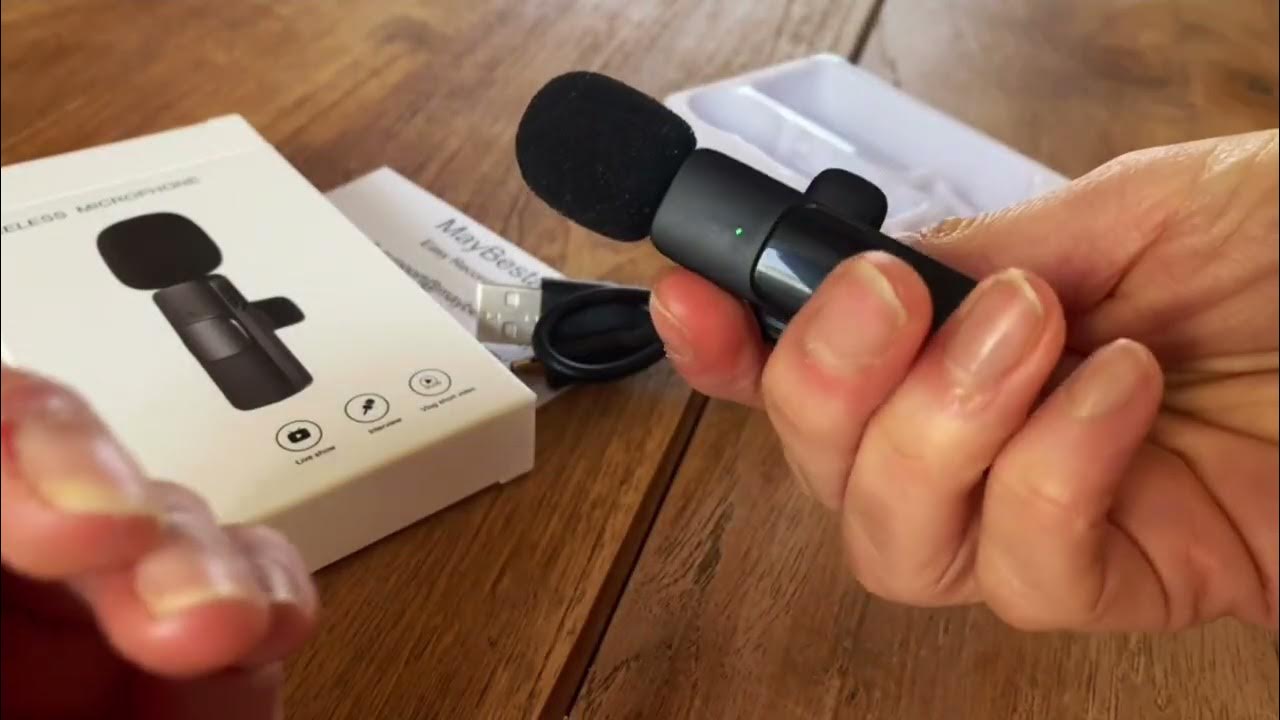
Introduction
Smartphones have become essential in our daily lives. One critical component is the microphone, enabling voice calls, voice assistants, and audio recordings. This article provides a comprehensive guide on Android phone microphones.
History of Microphones in Smartphones
Evolution of Microphones
- Single-Microphone Setup: Early smartphones featured a single microphone, sufficient for basic voice calls but lacking advanced capabilities.
- Dual-Microphone Setup: Dual-microphone configurations improved sound quality by placing microphones at the top and bottom, enhancing noise cancellation and voice clarity.
- Multi-Microphone Setup: Modern smartphones use multi-microphone arrays, capturing sound from different angles for clearer audio and better noise reduction.
Types of Microphones Used in Android Phones
Dynamic Microphones
Dynamic microphones are robust and handle high sound pressure levels, ideal for loud sounds like voice calls and music but less effective in quiet environments.
Condenser Microphones
Condenser microphones, found in high-end smartphones, offer better audio quality by capturing subtle sounds. However, they require an external power source, limiting portability.
MEMS Microphones
MEMS (Micro-Electro-Mechanical Systems) microphones are tiny, low-power devices offering excellent sound quality. They are energy-efficient, making them perfect for continuous use in voice assistants and audio recordings.
How Android Phones Use Their Microphones
Voice Assistants
Voice assistants like Google Assistant and Bixby rely on high-quality microphones to accurately understand user commands. Advanced algorithms filter out background noise, focusing on the user's voice.
Audio Recordings
Smartphones allow users to record audio directly. The quality depends on the type and number of microphones used. Multi-microphone setups capture a wider range of frequencies, reducing ambient noise for clearer recordings.
Noise Cancellation
Noise cancellation is crucial in modern smartphones. Multiple microphones identify and eliminate background noise, ensuring clear and distinct user voices.
Environmental Sound Detection
Advanced smartphones can recognize and respond to different environmental sounds, such as music or voices, enhancing user experience.
How to Check the Quality of Your Android Phone's Microphone
- Voice Call Quality: Make voice calls to check if your voice sounds clear with minimal echo or background noise.
- Voice Assistant Accuracy: Use voice assistants like Google Assistant or Bixby to gauge microphone sensitivity and noise-reducing capabilities.
- Audio Recordings: Record audio directly from your phone to assess its recording capabilities. Compare recordings made with different microphones or in various environments.
- Third-Party Apps: Use third-party apps to test your phone's microphone. These apps provide detailed feedback on sound quality, frequency response, and noise levels.
Tips for Improving Microphone Performance
- Proximity: Keep the microphone close to your mouth during voice calls or voice assistant interactions for better sound quality.
- Environment: Avoid noisy environments when making calls or using voice assistants. Move to quieter areas to reduce background noise.
- Phone Positioning: Experiment with different phone positions to find the optimal placement for your microphone. Holding the phone slightly above your mouth can reduce mouth noise.
- Software Updates: Regularly update your phone's software to ensure you have the latest audio processing algorithms and noise cancellation features.
Common Issues with Android Phone Microphones
- Echo or Feedback: Adjust the phone's position or use a different microphone setting to resolve echo or feedback during voice calls.
- Background Noise: Move to a quieter area or use noise-cancellation features to mitigate persistent background noise.
- Distortion: Use a different recording app or adjust recording settings to minimize distortion caused by high sound pressure levels.
- Water Damage: If your phone has been exposed to water, dry it out as soon as possible and avoid using it until fully functional again.
